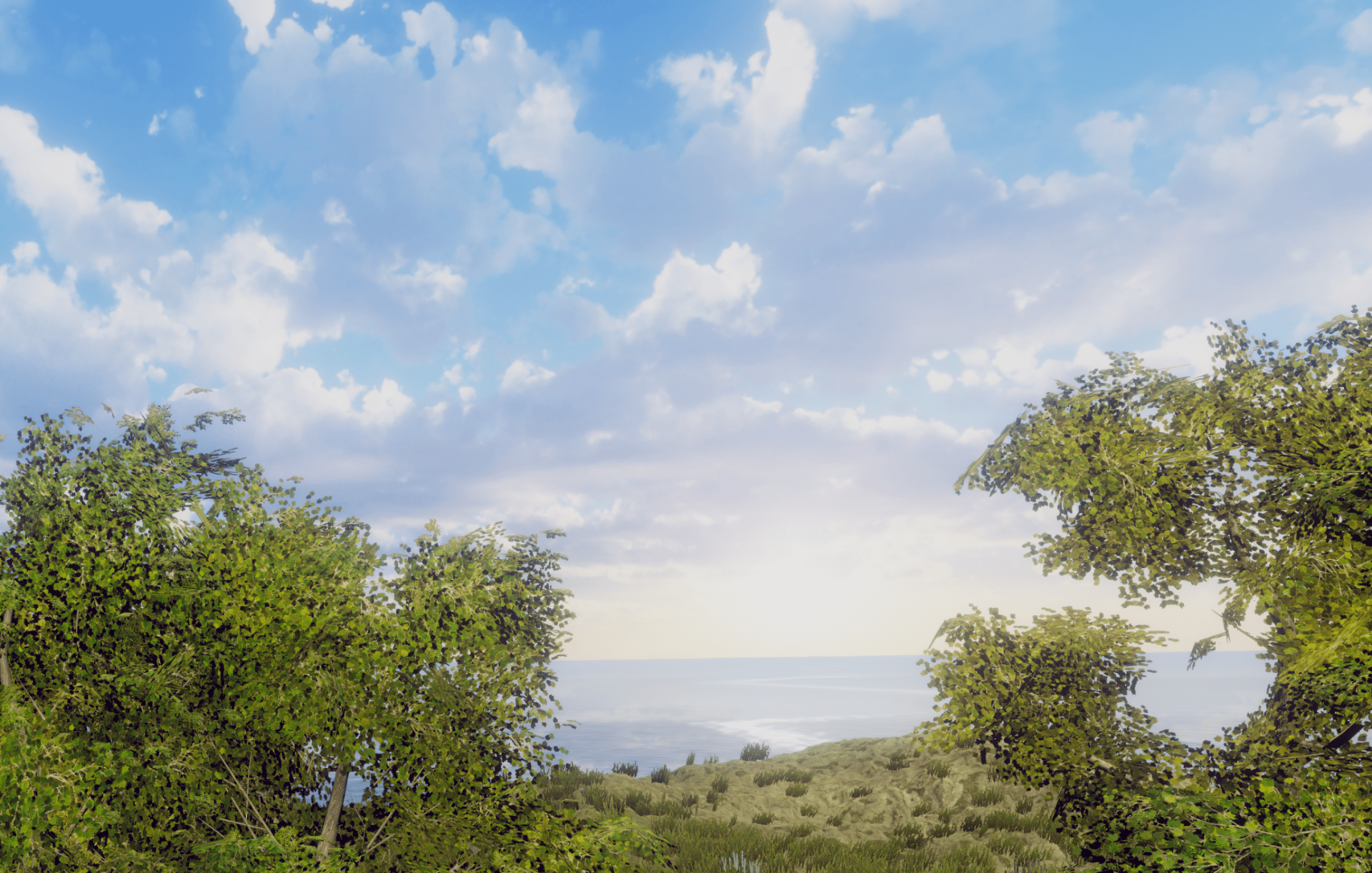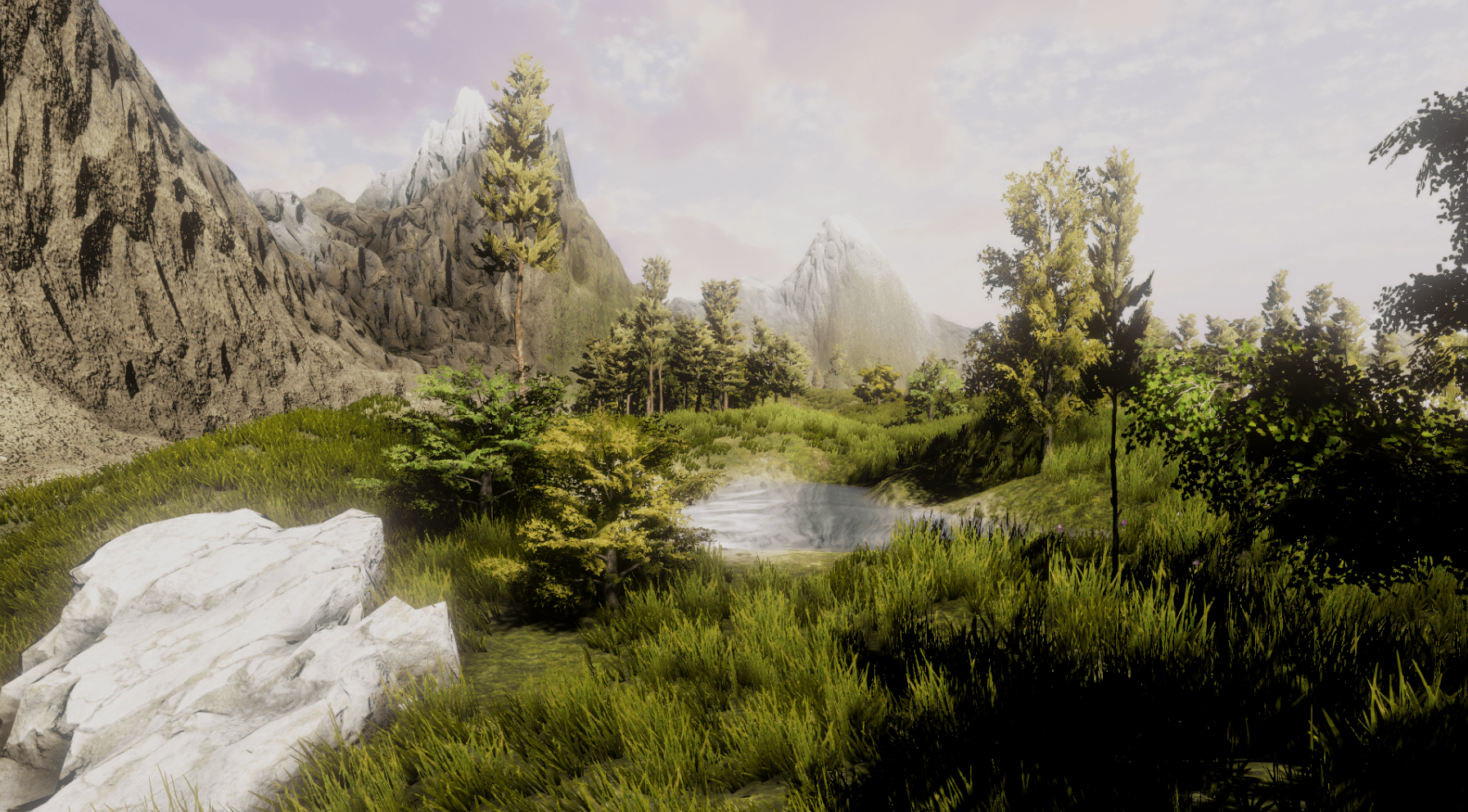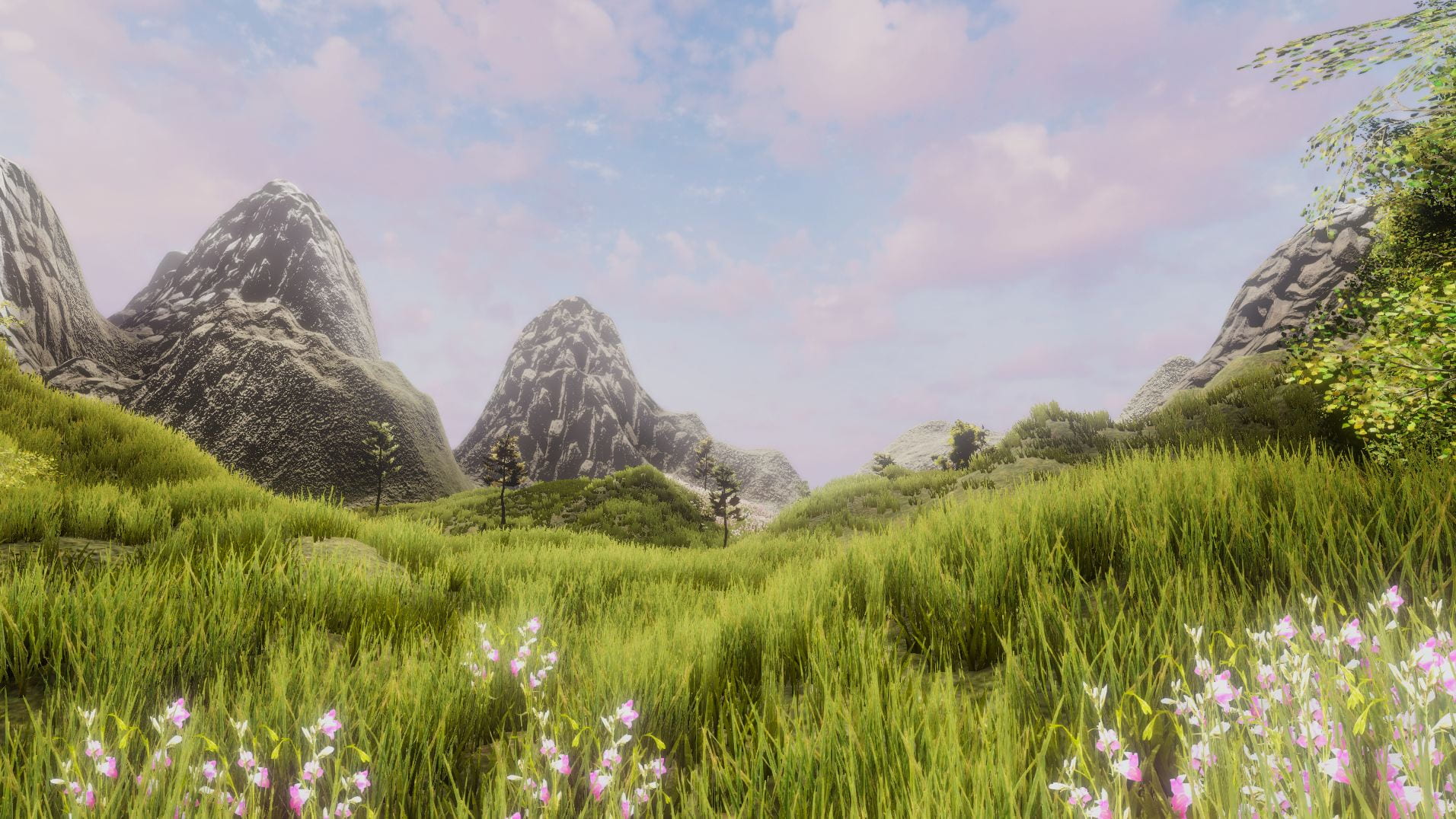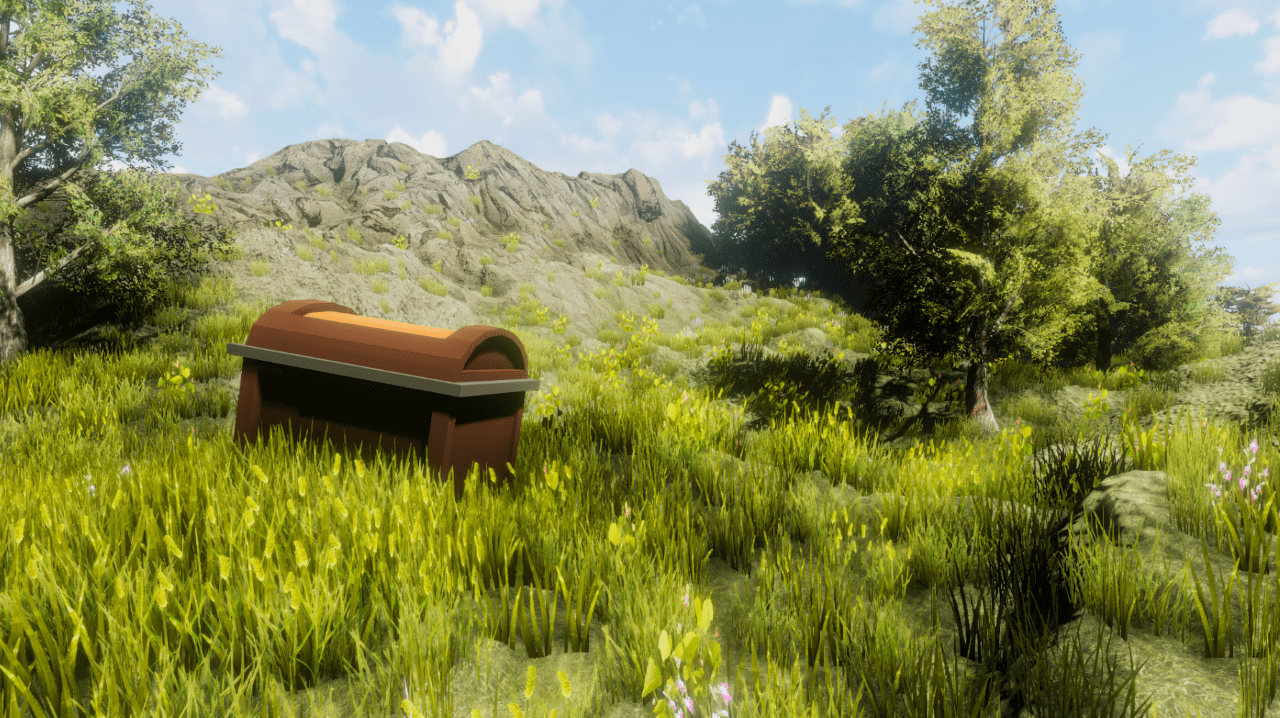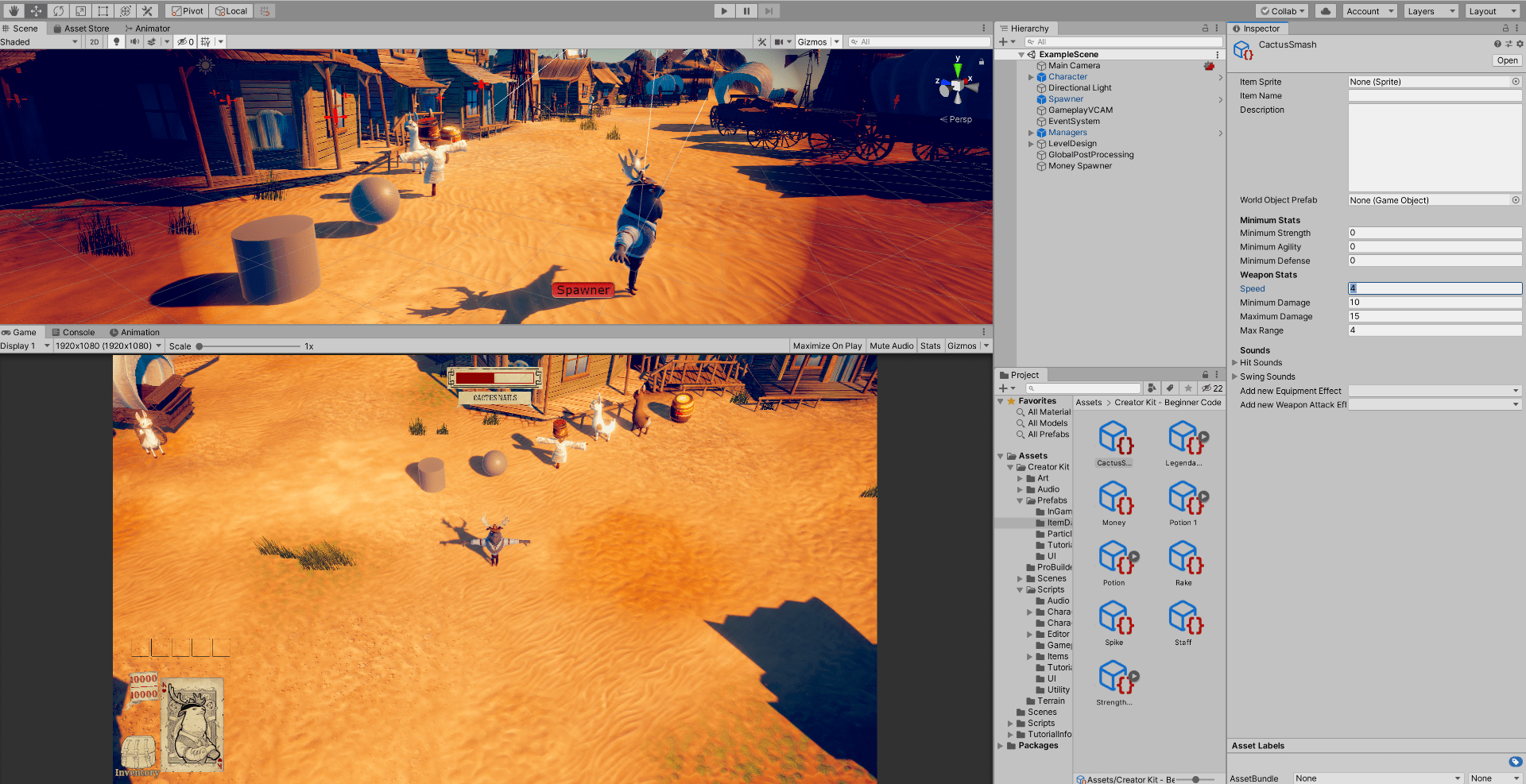My ecological footprint was 9 Hecters. After comparing my ecological footprint with my peers, I realized that my ecological footprint was slightly higher than average.
The Plan
Data Sheet:
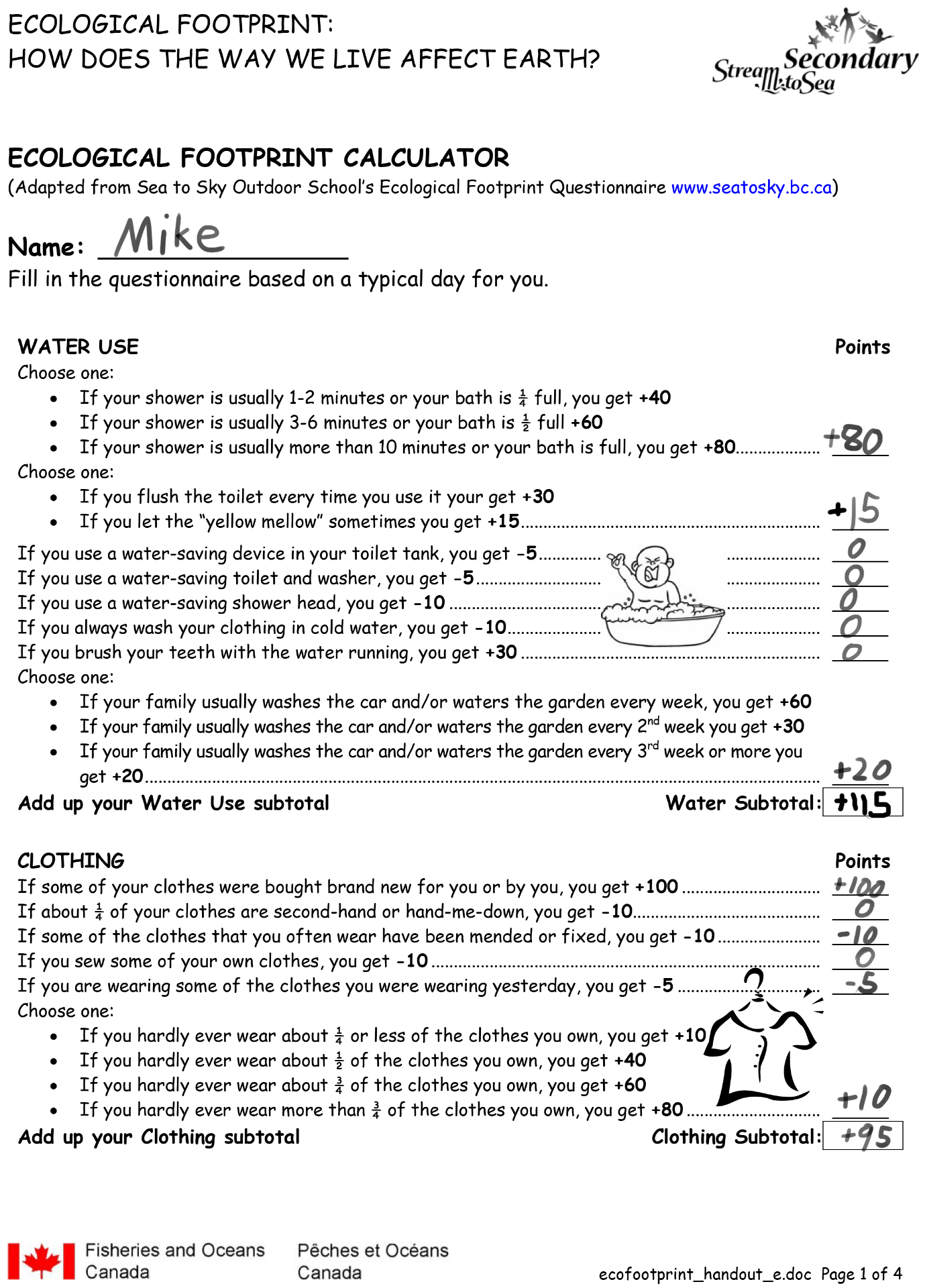
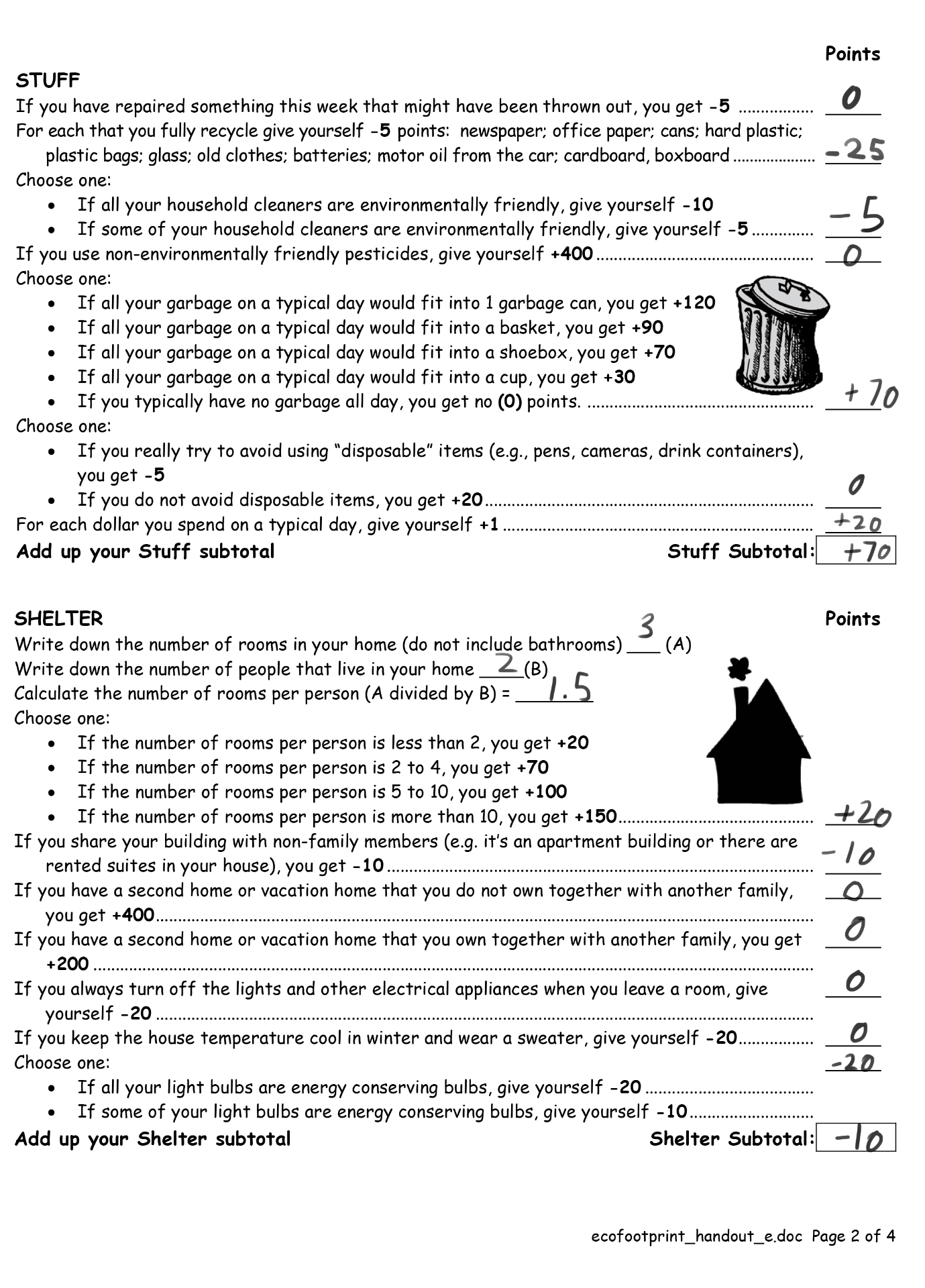
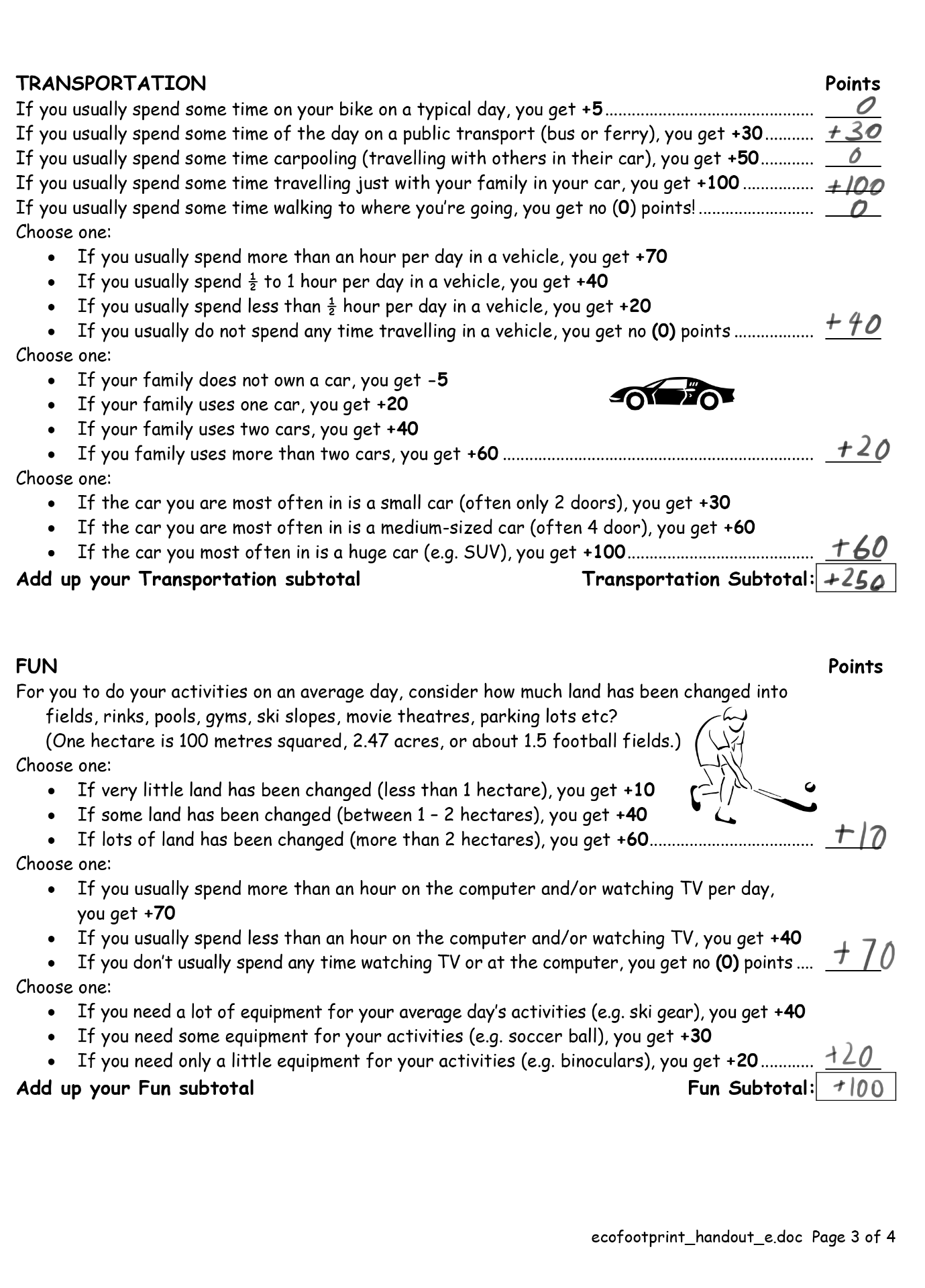
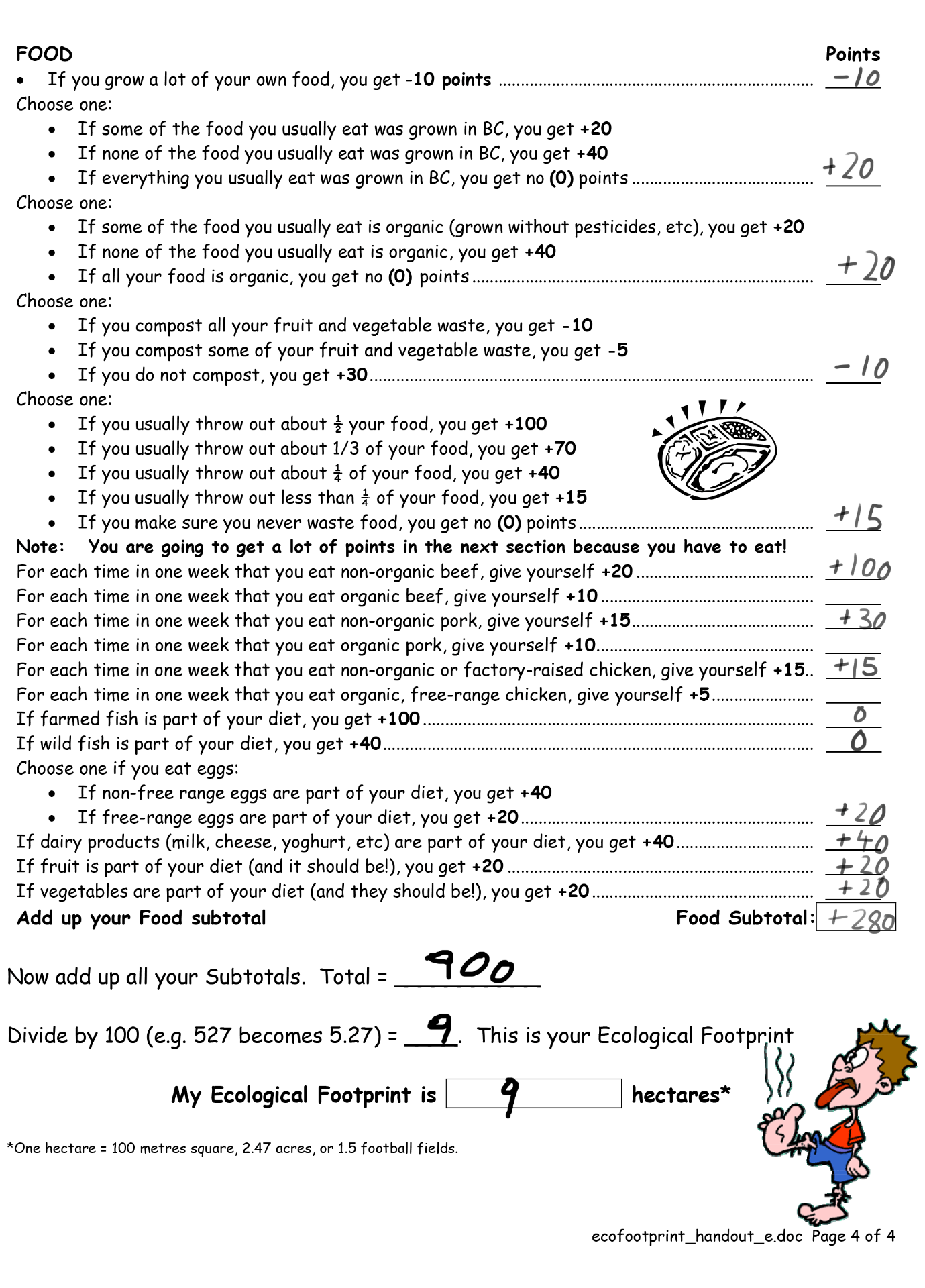
Actions that increased my ecological footprint significantly:
-Eating non-organic beef
-Spending time travelling with just my family
-Owning 1 car
-Spending a lot more time than 1 hour on the computer each day
-Producing enough trash each day to fill up a basket
-Showering for more than 10 minutes
-Owning clothes that were mostly brand new
-Eating dairy products
-Eating non-organic pork
-Spending 1/2 – 1 hour on a vehicle per day
Actions that I changed to reduce my ecological footprint:
-Eating non-organic beef: I made sure to limit my consumption of non-organic beef to 3 times a week. As an alternative to beef, I ate chicken.
-Producing enough trash each day to fill up a basket: I reduced my usage of kleenex and paper towels, and I made sure not to throw away items unless absolutely necessary.
-Showering for more than 10 minutes: This was a significant change for me. When I shower, I am usually tired and stay in the shower for a long time as a result. I set a timer of 5 minutes to prevent myself from taking too long. I also set an alarm at 4 minutes to remind myself of the time.
-Spending 1/2 – hour on a vehicle per day: Due to the current situation, I found it easy to avoid spending time on a vehicle, as I mostly stay home these days.
-Eating non-organic pork: I limited my pork consumption significantly. I had only one meal with pork over the past week.
The Reflection
Changes that were easy to make
The easiest change to make was limiting my vehicle usage. Due to the current situation, I am staying at home and avoiding travel outside. Another easy change to make was limiting my pork consumption; I do not eat pork often, and it is not my favourite type of meat. Thus, it was easy to remind myself and my parent to limit the consumption of pork. I also found limiting the production of garbage to be simple. Before I tried to reduce garbage production, I would usually use a kleenex or paper towel to wipe my hand after I washed them. I switched over to using a towel that can be reused to limit my trash production. This was a simple task, but it helped me prevent a lot of trash from being produced. More than I expected!
Changes that were difficult to make
The hardest change for me to make was limiting my shower time. I enjoy long, warm showers, especially when I am tired. To limit my shower usage, I had to implement several strategies and gradually reduce my shower time. One strategy that I used was to set a timer to go off when the limited time was up. I also set the alarm to go off one minute before the time was up to remind myself to finish up. In addition, I also tried to shower earlier than before. I shower at night; When I used to shower, I would be tired, which would cause me to spend more time showering. By showering earlier, I was more awake and that helped reduce my shower time. Another change that was difficult to make was reducing my beef consumption. Out of all the different types of meat, I consumed beef the most. I had to constantly remind myself and my parents to avoid using beef as the protein source for many lunches and dinners.
Obstacles
-Eating non-organic beef: I consumed beef frequently; It was challenging to remember to switch to other meats such as chicken for meals.
-Producing enough trash each day to fill up a basket: I struggled to find ways to reduce my trash production. I overcame this obstacle by thinking of all the different ways that I produced garbage, then determining the biggest factor of my garbage production. Once I figured out that using too much paper towels and kleenex were the biggest factors, I was able to effectively find a solution to reduce my garbage production; Using towels.
-Showering for more than 10 minutes: During the first few nights where I tried to limit my shower consumption, I still felt tired when I showered and found it difficult to follow the alarm that I set. Eventually, as I began to shower earlier to reduce my tiredness while showering, I was able to follow the alarm much more easily.
-Spending 1/2 – hour on a vehicle per day: There was not a notable obstacle for this change. My family has been limiting travel outside, so it was fairly easy to reduce my time on a vehicle.
-Eating non-organic pork: It found it slightly difficult to remember to limit the amount of pork that I consume. I would sometimes forget to remind my parents. I overcame this obstacle by talking about the next day’s meal plans with my parents to make sure that I limited the amount of non-organic pork that I consumed.
Next Steps
Overall, I believe this was a successful attempt to reduce my ecological footprint. In the future, I will definitely continue to implement these changes. I will also try to reduce my water consumption further by reducing how many times I flush and reduce my energy consumption by turning off the lights whenever I am not using them. I also want to reduce my screen time on the computer as well. Through this assignment, I learned much more about my impact on the environment and actions that I can take to reduce my ecological footprint!



